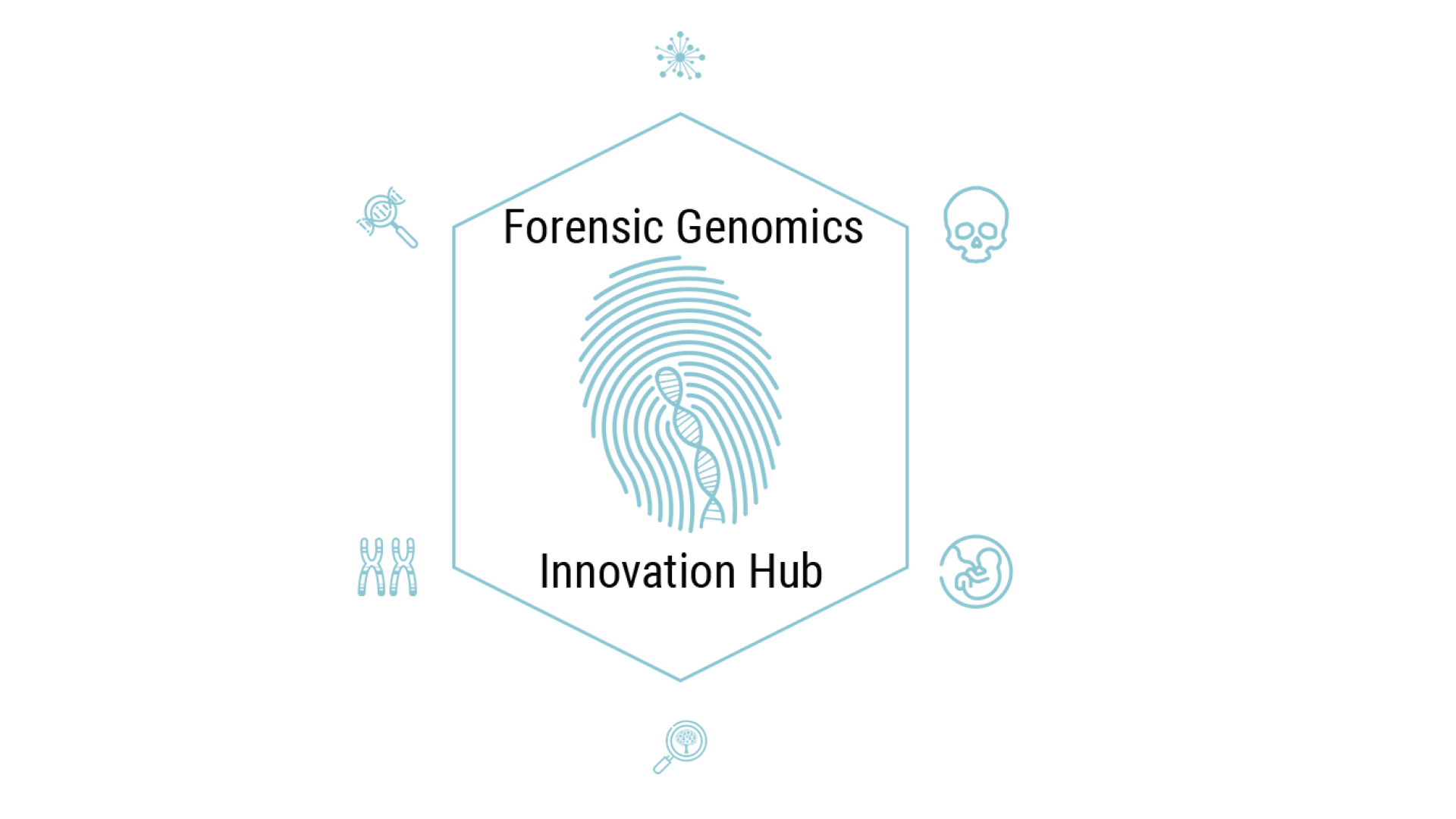
How Stress May Increase Cancer Risk for People with Inherited Cancer Genes
Suffering from psychological stress could further increase cancer risk if you already have a genetic predisposition to the disease, according to new research. The stress hormone cortisol increases the risk of breast and prostate cancer in people with BRCA mutations.











